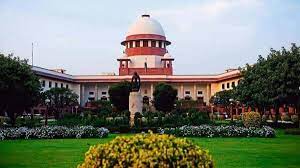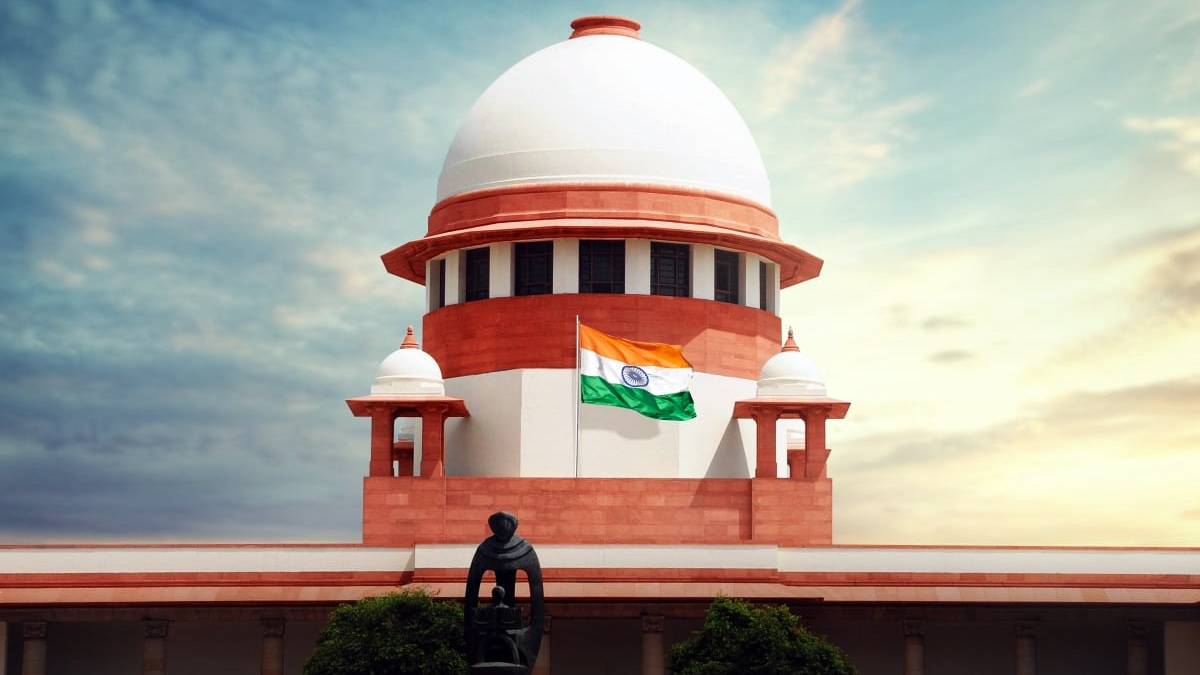
Balancing Act: Judiciary’s Role in Ensuring Fairness in PMLA Implementation
Last Updated on June 24, 2024 by News Desk
For years, India struggled with inadequate laws to combat money laundering and financial crimes. The introduction of the Prevention of Money Laundering Act, 2002 (PMLA), inspired by the Financial Action Task Force’s 40 recommendations, aimed to address this gap. This act empowered the Directorate of Enforcement (ED) to trace and seize properties derived from criminal proceeds. Initially, its enforcement was lackluster, with only ₹35 crore recovered by 2014. However, as enforcement became more stringent, the act instilled fear among those involved in white-collar crimes, resulting in significant property seizures.
Yet, this aggressive enforcement also led to innocent individuals facing undue harassment and persecution under PMLA’s provisions. Amidst this chaos, the judiciary has consistently protected citizens’ rights while ensuring the law’s effective enforcement.
Through landmark judgments, the Supreme Court has established safeguards to balance PMLA’s rigor with fundamental rights. One key judgment, AK Kraipak v. Union of India, mandated that administrative orders conform to natural justice principles, including issuing well-reasoned orders. This promotes accountability and ensures individuals understand the accusations against them.
Regarding asset attachment, Section 5 of PMLA allows provisional property attachment, but the Supreme Court insists that such actions require well-founded reasons, as reiterated in Vijay Madanlal Choudhary v. Union of India. Authorities must apply their minds to each case before passing attachment orders.
In arrests under Section 19 of PMLA, the accused must be informed of the grounds for arrest. However, the timing of this notification has been debated. The Supreme Court clarified in Ram Kishor Arora v. Directorate of Enforcement that reasons must be communicated within 24 hours, though concerns remain about procedural fairness.
A significant ruling in Tarsem Lal v. Directorate of Enforcement established that after a trial court takes cognizance, the ED loses its authority to arrest under Section 19, reinforcing due process principles.
Additionally, Section 436A of the CrPC ensures that undertrial prisoners, barring those facing death penalties, are released on personal bond after serving half of the maximum imprisonment period. This provision applies to PMLA cases, as affirmed in Ajit Peter Kerkar v. Directorate of Enforcement, preventing prolonged detention without conviction.
The judiciary’s interventions ensure that while PMLA aims to curb financial crimes, it does not trample on fundamental rights, maintaining the delicate balance essential in a democratic society.
Written by — Athi Venkatesh AVD



